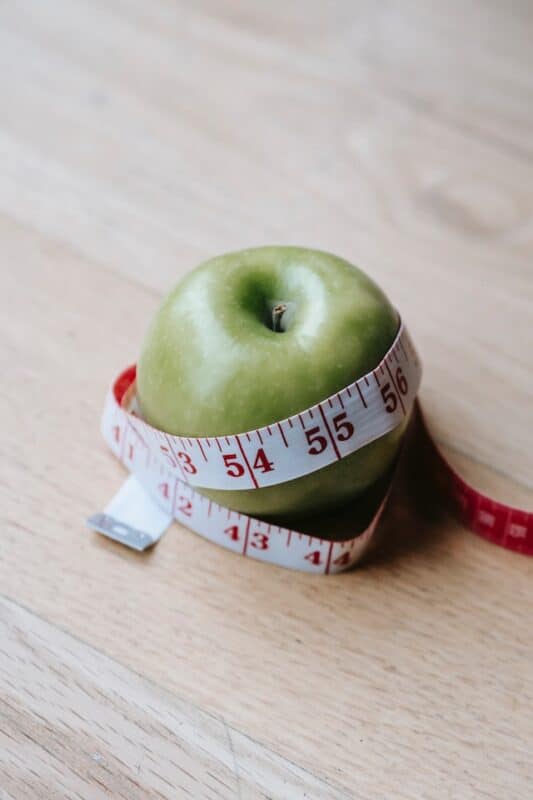
Contents
Vaginal bleeding, breakthrough bleeding, birth control pills, menstrual cycle… there are so any things to consider for women during exercise
Intense exercise is generally exertive, fatiguing, with risk of injury and a whole host of other potential downsides. For women, however, there’s an extra layer to these downsides.
Breakthrough bleeding, as many will already know, is defined as – bleeding from the uterus occurring between menstrual periods, a side effect of some oral contraceptives.
This game-changing occurrence will obviously disrupt your workout routines and so, with safety as a priority, we’re going to see how you could stop it. From menstrual cramps to birth control pill types there’s a lot to learn when it comes down to it, so we’re going to touch on the basics with the hope of you being able to direct yourself afterwards.
Let’s break down just how harmful irregular bleeding can be for workouts and the right ways to stop this physical stress, today.
Hormonal Imbalances
As always, your body is incredibly sensitive. It’s a biome of chemicals and bacteria and all things balance-based. The more complex the system the higher chance of faults. So, when it comes to assessing your own balances it can be hard to navigate that ever-winding path.
Hormones are a part of that difficulty. And when you take exercise into account, just like a waiter being flustered by orders, there can be new changes to the process that can confuse things. The Marathon Handbook puts it –
”Exercise stresses the body and can change energy availability, particularly when coupled with low energy intake (dieting) and/or low body fat levels.
These stressors can alter the production and secretion of luteinizing hormone (LH) and follicle-stimulating hormone (FSH), which affect ovulation. Abnormal levels of these hormones can then result in abnormal levels of progesterone and estrogen, which affect the shedding of the uterine lining.”
So be aware that when the boat starts to rock there can be many reasons for it doing so. Keep an eye on how hormones are manipulating you so you can manipulate them to rebalance your body.
Weight Loss
Another synchronous facet of exercise, weight loss and physical activity often go hand in hand. But while this may even be your goal, it’s important to know the balance between beneficial and detrimental. Severe weight loss or rapid weight loss, through both rigorous routines and caloric control, disrupts your menstrual cycle without restriction. This is because it can lead to significant drops in estrogen – be watchful of your weight loss journey, and monitor the effects it’s having on your periods.
Stress
Another seemingly untamable aspect of life, stress takes responsibility for a host of menstrual irregularities. Sure, strenuous exercise can take the lead on changes here but couple that with stress and you could see rises in cortisol, imbalances in sex hormones and reduced menstruating as a result.



Conclusion
If your hormone levels drop, stress levels rise and your body proceeds to change dramatically in weight then you’re more than likely to see changes in your menstrual cycle behaviours. Watch out for other facets of this problematic process like sexually transmitted infections, ectopic pregnancy results, and the general health of the lining of the uterus. For those who experience breakthrough bleeding, I recommend always seeking medical advice just to be on the safe side.
FAQs
What does caloric intake mean?
This simply involves how many calories you are intaking (ingesting). It’s best to monitor this over a certain period of time, like each day or weekly.